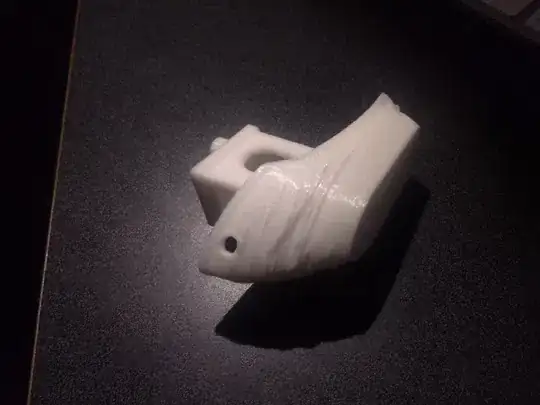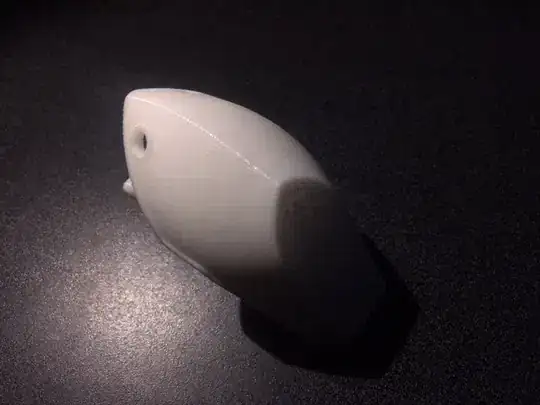I'm new to 3D printing, but I've solved all of my problems except for this rough surface shown in the image of a Benchy print:
Any suggestions are appreciated.
- Printer (new): Raptor 2 (400x400x700 mm)
- Bed Temp: 65 °C
- Extruder Temp: 210 °C
- Filament: PLA (1.75 mm) right out of the package (came with printer from Formbot)
- 200 degrees extruder; 60-degree hotbed - print success, bow issue persists. speed: 100
- fade height: 0
- nozzle: 200
- bed: 60
- fan speed: 255
- flow: 100 probe offset: -1.4




